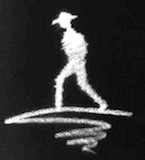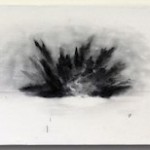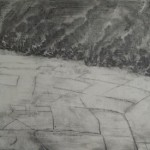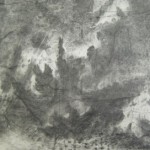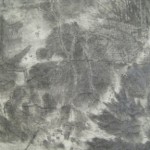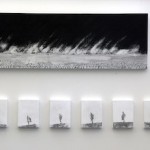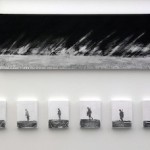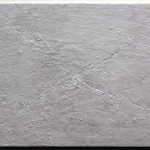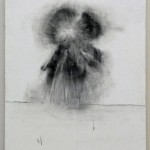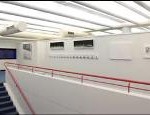There are no Australian veterans of World War One left, recently that terrible conflict left the sphere of living history. We have lost the living link with the second bloodiest battle in history. For our understanding of The Great War we rely entirely on recordings, museum exhibits, diaries, histories, filmic and literary interpretations.
I chose the Battle of Passchendaele ( also known as The Third Battle of Ypres in Belgium 1917) as a departure point for developing this exhibition as it is in many ways the quintessential Great War battle. Under a pulverizing artillery bombardment the fragile drainage system of Flanders disintegrated and the area became a sea of cratered mud. During the preliminary bombardment 4, 283,550 shells were fired into the enemy lines. Aside from these unimaginable physical conditions, the battle was further confused by the highly questionable actions of seemingly uncaring British politicians.
The battle raged for months, frontline troops existed in a nightmare world rendered by industrialized warfare: tens of thousands died or suffered horrific wounds, thousands simply disappeared into the mud, whole villages were swept away, all recognisable features, obliterated. Passchendaele became synonymous with mindless slaughter.
This exhibition addresses ways of seeing history, and questions how we approach it when there are no living witnesses left. The work in this exhibition has been gleaned from researching primary and secondary sources; to an extent it is imagined.
Acknowledgements
I wish to thank Professor Robin Prior for opening this exhibition.
I also wish to thank John Bruggerman, Jeff Doyle and Dr. Gavin Mount for their support and assistance.
